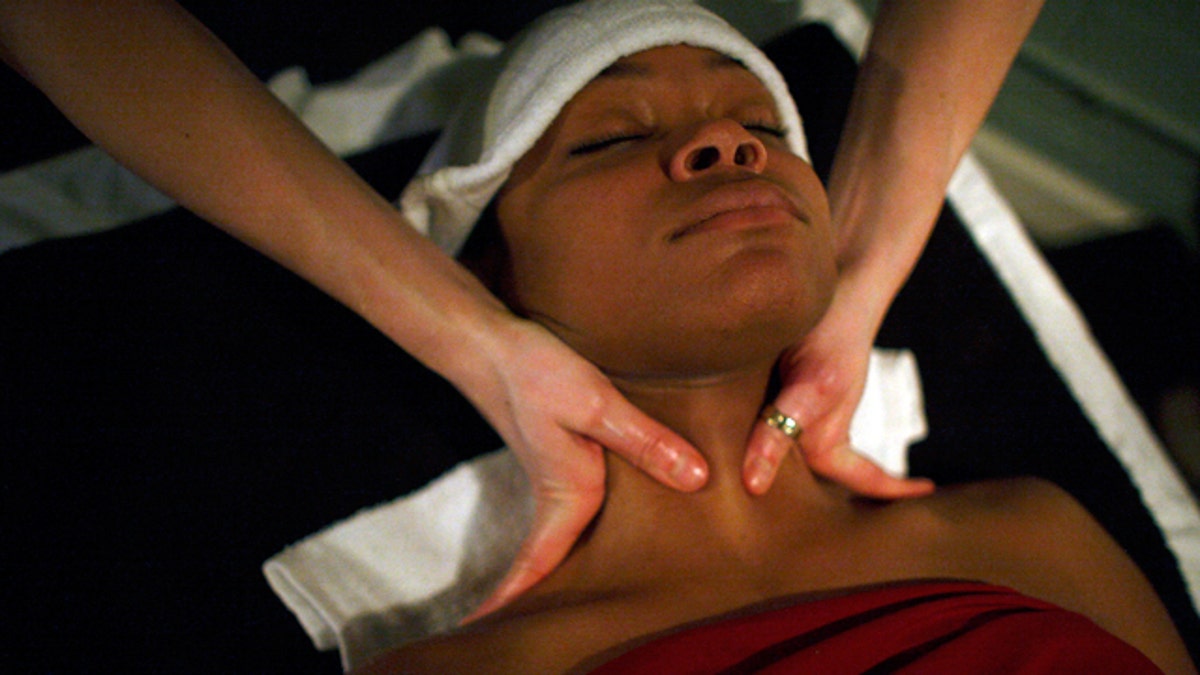
(Reuters)
Numerous studies show that massage relieves pain, and there’s no shortage of anecdotal evidence that a good massage can work the kinks out of your muscles and relax your mind and body. In fact, 90 percent of adults believe that massage is effective in reducing pain, according to a survey by the American Massage Therapy Association.
But until now, there has been little understanding of whether massage has any physiological effects on your muscles or if its benefits simply come from its feel good effects.
A new study published in Science Translational Medicine has finally shed some light on the issue. Researchers at McMaster University in Hamilton, Ontario, set out to validate massage (or to debunk it).
They asked male volunteers to do an intense workout and randomized them into two groups: one that rested to recover, and one that had a massage. Then, those volunteers allowed the researchers to take mini-biopsies from their muscles.
Vigorous exercise causes mini tears in muscles, which leads to inflammation. But those who received massage had reduced levels of cytokines, which play a role in inflammation. The researchers theorized that this milder inflammatory response may reduce pain by the same mechanism as conventional non steroidal anti inflammatory drugs (NSAIDs) like Advil and Motrin.
But massage may do one better than NSAIDs. Those subjects who had massage were also better able to make new mitochondria, which are the energy-producing units in the cells, promoting faster recovery from exercise-induced muscle damage. Massage, in effect, helps muscles adapt to the demands of the tough workout.
It’s too soon to say that massage is better than NSAIDs, but NSAIDs are certainly likely to have more side effects and there’s no evidence at all that they could enhance mitochondrial function, said the study author Mark Tarnopolsky, M.D., director of the neuromuscular and neurometabolic clinic at McMaster.
The study also debunked the widely held theory that massage reduces pain by clearing out lactic acid, which tends to accumulate in overly exercised muscles. Researchers did not find that massage had any effect on levels of lactic acid.
The problem is massage isn’t cheap. With the economic downturn, fewer people seek out masseuses. Only 18 percent of adults surveyed had a massage in the previous year, according to the American Massage Therapy Association.
But that doesn’t mean you can’t give your muscles a mini-massage while you’re stretching out after a workout. You can also invest in a foam roller, which may be easier than massaging with your own fingers. Either way, the pulling and stretching can set off the cascade of events that may reduce inflammation and speed up your recovery, so maybe you can forego Advil after your workout.
Laurie Tarkan is an award-winning health journalist whose work appears in the New York Times, among other national magazines and websites. She has authored several health books, including "Perfect Hormone Balance for
